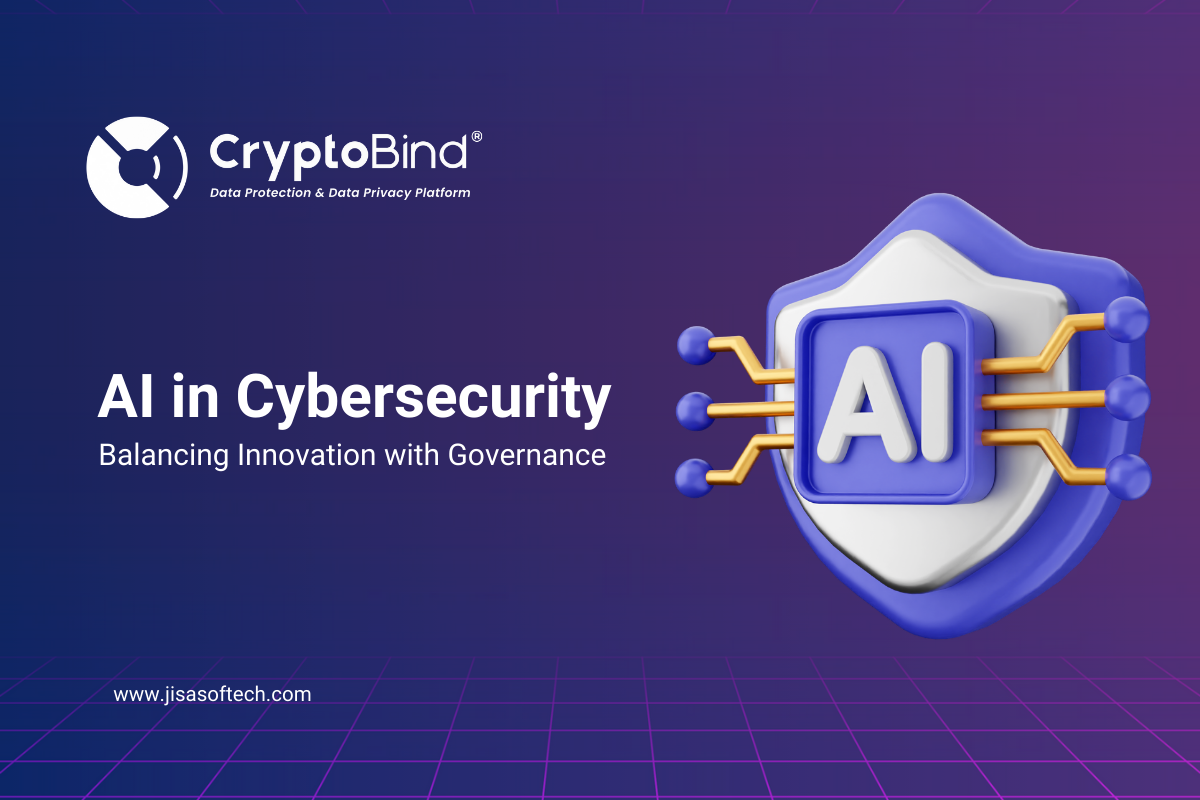In the ever-evolving landscape of cybersecurity, the advancement of technology has become imperative for businesses to combat sophisticated cyber threats. One such technological innovation that has redefined the cybersecurity paradigm is Artificial Intelligence (AI). AI-driven cybersecurity solutions offer a plethora of benefits, from faster threat detection to predictive analytics, enabling organizations to bolster their security defenses.
AI in cybersecurity harnesses the power of machine learning, deep learning, and neural networks to analyze vast amounts of data, identify patterns, and adapt to emerging threats without constant human intervention. Unlike traditional security tools that rely on predefined rules, AI-powered systems continuously learn and evolve, effectively identifying both known and unknown threats.
The role of AI in cybersecurity can be categorized into three stages: Assisted Intelligence, Augmented Intelligence, and Autonomous Intelligence. Assisted Intelligence enhances existing security measures and speeds up decision-making processes. Augmented Intelligence provides deeper insights for security analysts and automates threat detection tasks. Autonomous Intelligence represents the future of cybersecurity, where AI-driven systems act independently to prevent, detect, and mitigate threats in real-time.
The importance of AI in cybersecurity is underscored by the complexity of the current threat landscape, where organizations face an increasing number of attack vectors and regulatory requirements. AI addresses these challenges by enhancing threat detection, automating security tasks, predicting future threats, and improving response times.
The benefits of AI in cybersecurity are multifaceted. AI-driven security systems excel in threat detection by analyzing massive datasets in real-time and identifying anomalies and potential cyberattacks proactively. Automation of routine security tasks allows cybersecurity professionals to focus on more complex challenges, while AI-powered systems predict potential threats and improve response times to minimize damage and enhance resilience.
While the advantages of AI in cybersecurity are evident, there are also concerns regarding governance, compliance, and ethical implications. AI-powered cyber threats pose significant risks, as cybercriminals leverage AI to create adaptive malware, automate phishing campaigns, and generate deepfake content for fraudulent activities.
AI governance plays a crucial role in ensuring responsible AI implementation and regulatory compliance. Establishing core values and principles for responsible AI governance, such as fairness, transparency, privacy, accountability, safety, and societal impact, helps organizations navigate the ethical challenges associated with AI in cybersecurity.
Looking towards the future, AI will continue to play a pivotal role in cybersecurity, particularly in post-quantum cryptography, AI-powered deception technology, explainable AI, and AI-augmented cybersecurity teams. By adopting AI-driven security solutions while implementing robust governance frameworks, organizations can stay ahead of evolving cyber threats and build a secure digital future.
In conclusion, AI is a game-changer in cybersecurity, offering enhanced threat detection, automated incident response, and compliance management. Balancing innovation with governance is essential to ensure ethical, transparent, and responsible AI deployment. By embracing AI-driven security solutions and robust governance frameworks, organizations can navigate the complex cybersecurity landscape and protect their digital assets effectively.


